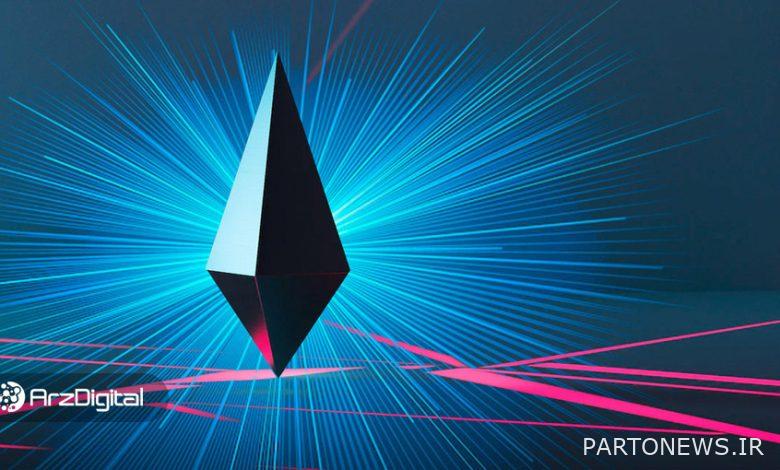The first day of Bellatrix activation; What is the status of the Ethereum network?

The Bellatrix update was successfully implemented as the first stage of the Merge event on Tuesday, September 6. However, a day after the update, an increase in the rate of lost blocks on the Ethereum network has raised concerns for users.
To Report Cointelegraph Bellatrix update Client upgraded Ethereum Consensus Layer at Beacon Chain Epoch 144896 ahead of the merge event we’re likely to see next week .
According to Martin Köppelmann, one of the founders of the Gnosis platform, the disconnection of 5% of validators during this hard fork contributed to the increase in the rate of Ethereum’s lost blocks to 9%. This has led some users to question the Ethereum network’s readiness for a major shift to proof-of-stake.
The rate of lost blocks in the last 600 slots of the network is more than 9%. In the past, this rate was usually around 0.5%. This indicates that Bellatrix has caused problems for some validators. Nothing spectacular; But it is still a number that should be paid attention to.
Kopelman added that this 9% rate is about 1,700% higher than the 0.5% rate of lost blocks in the past. This problem is probably due to the 24% of nodes that have not updated their clients and are not ready for the merge event according to Ethernodes statistics.
Adam Cochran, one of the partners of Cinneamhain Ventures, said that he hopes that the problem of the growth of the lost block rate will be resolved before the Ethereum merger. “We really don’t want to see unexpected problems at this stage,” he said.
However, not all experts are concerned about this problem. Anthony Sassano, founder of Daily Gwei, says that only 5% of validators went offline during the Bellatrix update, which is a surprising result. There really isn’t much about the Meraj event that could go catastrophically wrong, he confidently said.
Sassano said:
In my opinion, a shutdown of the network is the worst possible scenario, because then the transition from proof of work to proof of stake will not happen at all. To solve such a problem will eventually require some kind of coordinated human intervention.
Sassano added:
Issues such as validators being removed from the network due to configuration issues, missing blocks or slots, or some major bugs in clients are not too much of a concern as they are relatively easy to fix.
A few numbers to sum up what happened after Bellatrix’s upgrade:
Network participation rate: 94.94%
Number of active validators: 403,766
The number of inactive validators: 17,743
Bellatrix’s update is one of the last steps before the merger, which will allow clients of the Ethereum Consensus Layer to execute transactions on the China Beacon. The integration update will move the network’s consensus mechanism from proof-of-work to proof-of-stake, with the aim of increasing Ethereum’s efficiency and security.

